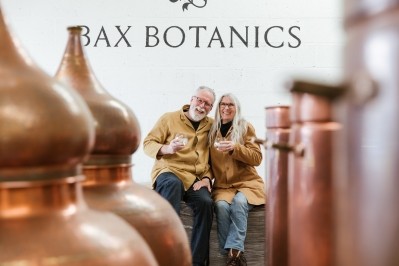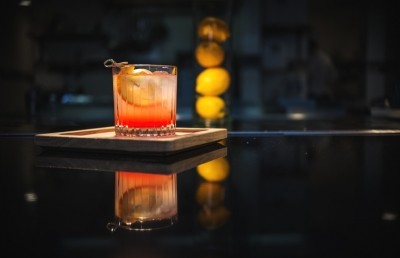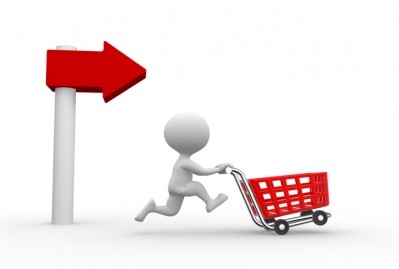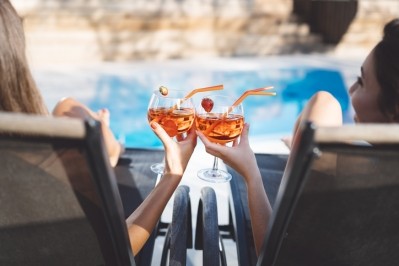Non-alc drinks association launches in the UK & Europe: ‘Our relationship with alcohol is at the beginning of a generational shift’
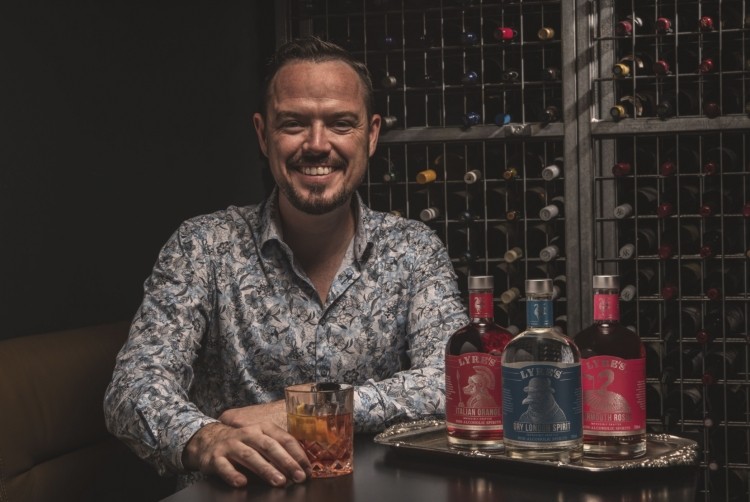
The European body is being launched by the North American ANBA, which itself was created at the end of last year. Together, the drinks industry professionals want to unite the non-alcoholic adult drinks brands across the world with the category expecting to grow to $30bn by 2025, according to Global Market Insights.
UK leads in NA spirits, while Germany & Spain drive NA beer
ANBA has been created to tackle the absence of universal regulations, improve guidelines for international trade and market expansion, and provide a central entity for key stakeholders – consumers, retailers, suppliers, and complementary industries.
The first chapter, established at the end of last year in North America, has already worked to foster growth in the beer, wine, spirits, and ready-to-drink cocktails categories, and ensure that consumers have access to a wide range of high-quality non-alcoholic drinks for every social occasion.
This is now expanding to the UK and Europe to support the growth this sector of the drinks industry is experiencing – with the UK and Europe in fact already being the world’s most mature markets for the category and leaders in the adoption of adult non-alcoholic beverages.
“The penetration of non-alcoholic spirits in the UK is the highest in the world, which you can observe simply through the amount of shelf-space dedicated to the category by retailers, and the extensive lists of adult non-alcoholic beverage options appearing on bar, pub, and restaurant menus,” Mark Livings, ANBA board chair and Lyre's Spirits co-founder, told us.
“Europe equally is the world leader in non-alcoholic beers and wines. Spain interestingly has the highest volume of non-alcoholic beer consumption, followed closely by the German and Dutch markets.”
Founding Board Members of ANBA UK/EU include some of the region's most prominent brands: Lyre’s Spirits Co, Thomson & Scott Noughty, Savyll, lsh Spirits, Drop Bear Beers, Mocktails, Lucky Saint, Big Drop Brewing, and Mindful Brands.
The ANBA will 'create a paradigm shift in the NA category' by:
- Educating & engaging stakeholders to accelerate industry growth;
- Creating industry & regulation compliance standards;
- Developing advocacy, policy & government affairs strategies;
- Providing the latest industry insights & trends;
- Leveraging collective buying power for member discounts on business tools and services;
- Providing professional development, networking & business support.
What is a 'non-alcoholic beverage', anyway?
Part of the organisation’s remit is carving out a well-defined and understood category and educating consumers and trade members alike. A non-alcoholic beverage is considered by the organisation to be one that comes in at 0.5% ABV or less, but the definition of the category is more complex that than.
“ANBA members’ products must clearly be designed-for and marketed-to legal drinking age adults and above,” explains Livings.
“Beverages that are replacements for beer, wine or spirits are of course a natural fit. ANBA also captures products with a functional benefit desired by adults that also live in a typical occasion where an alcoholic drink would otherwise usually be consumed.
“This distinction is very important to us as we do not wish to be conflated with soft drinks, juices, etc. We are designing and manufacturing a very different range of beverages to that of the soft drinks industry and as such, new regulatory and promotional challenges we anticipate will rise.
"ANBA has been formed to respond to these challenges, and we’ll be representing the interest of our membership and advocating to ensure regulation is in lockstep with the expectations of the broader community.”
Challenges and opportunities
The growth of non-alcoholic (and the parallel low-alcohol category) continues to respond to shifting consumer trends: with people wanting to drink less or cut out alcohol together as they pay more attention to their health. In response, the diversity and quality of products catering to this market has been improving.
The opportunity for the market, therefore, is evident: but it also comes with challenges – which the ANBA hopes to address.
"The greatest challenge, and equally the largest opportunity for our category, is to raise awareness of the optionality our category provides,” said Livings.
“We are observing a gap in saliency with the population that these options exist as an alternative to alcohol-containing beverages.
“Beer is leading with public understanding that non-alcoholic alternatives to beer are available, but there’s still a gap to be closed. Non-alcoholic Spirits and Wines both still have a very long way to go to match the acquired taste of their alcoholic cousins.
“We will be working tirelessly to ensure the public knows that these products are available – it will be especially important to leverage our partners in retail, hospitality, public health, the media and through platforming of our membership to continue to get the message out that ANBA member producer’s products are delicious, sophisticated alternatives, available for them to enjoy.”
Looking at the long-term
As the category grows, it is becoming more diverse with innovation broadening to new ingredients and new categories. So what can we expect to see from the category over the next two years? Wherever it goes, it will be underpinned by the fundamental health and wellness trends, says Livings.
“We believe that very significant growth in the category will continue – our relationship with alcohol is at the beginning of a generational shift and undeniably, most of us are consuming less, and less frequently,” he said.
“This means that as our category grows, it will create opportunities for new players to enter and capture market share. We’re expecting growth in the scope of membership as new products are bought to market, servicing different needs of the consumer.
"Equally, we expect to see both value-driven players emerge, addressing the price-conscious consumer as well as continued growth in the craft sector of the industry, with producers equally as motivated to create regional or personal expressions of non-alcoholic beverages for consumers to enjoy.
“From a trade and retail perspective, we are seeing the pockets of resistance to supporting availability of these beverages continue to break down. It’s no longer just the forward-thinking retailers and hospitality outlets that are listing our producer’s products; the undeniable demand from the consumer and profit opportunities available are driving additional breadth and depth of ranging across the board. We can’t foresee any slowing of adoption in the near term.”
